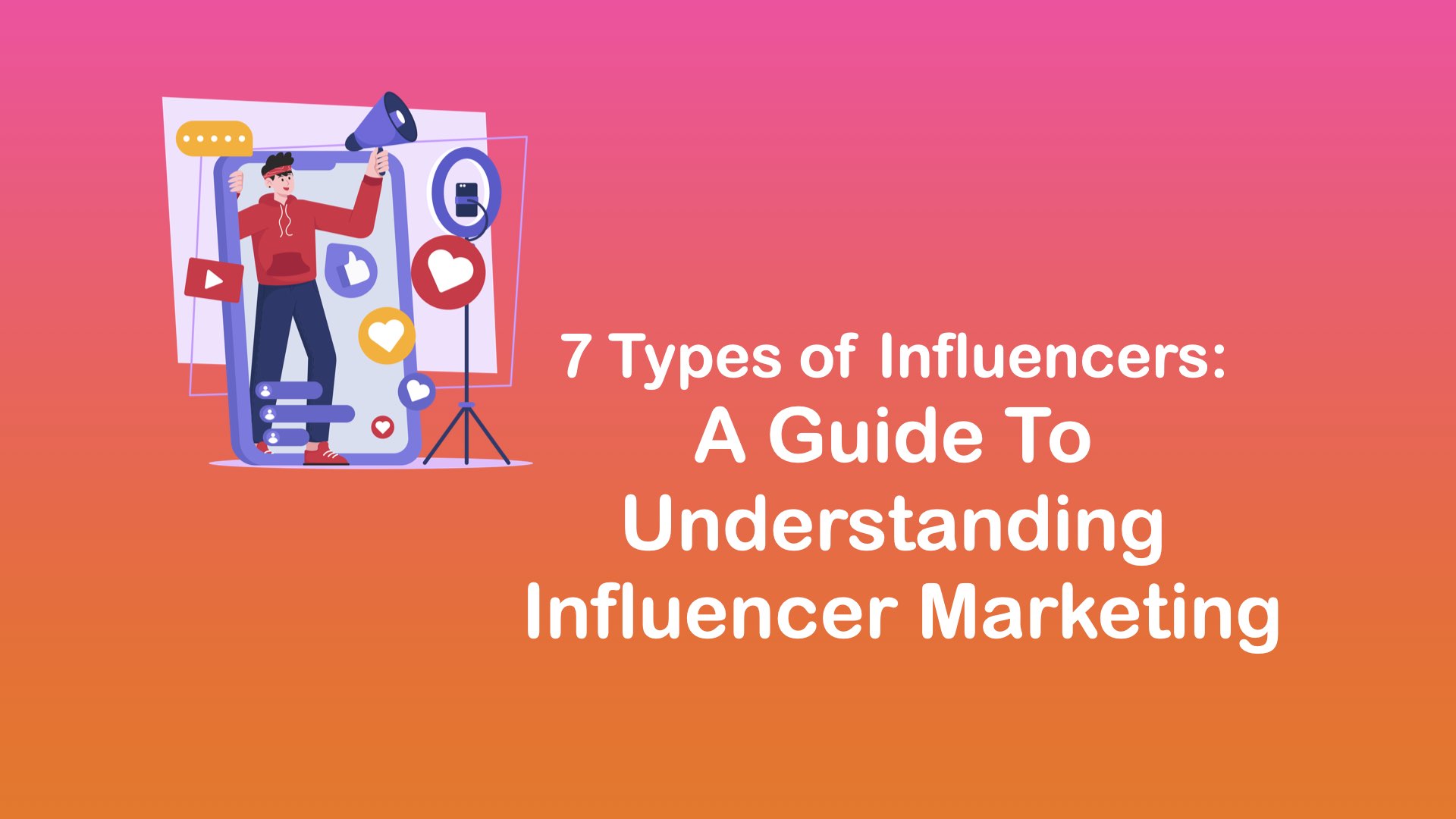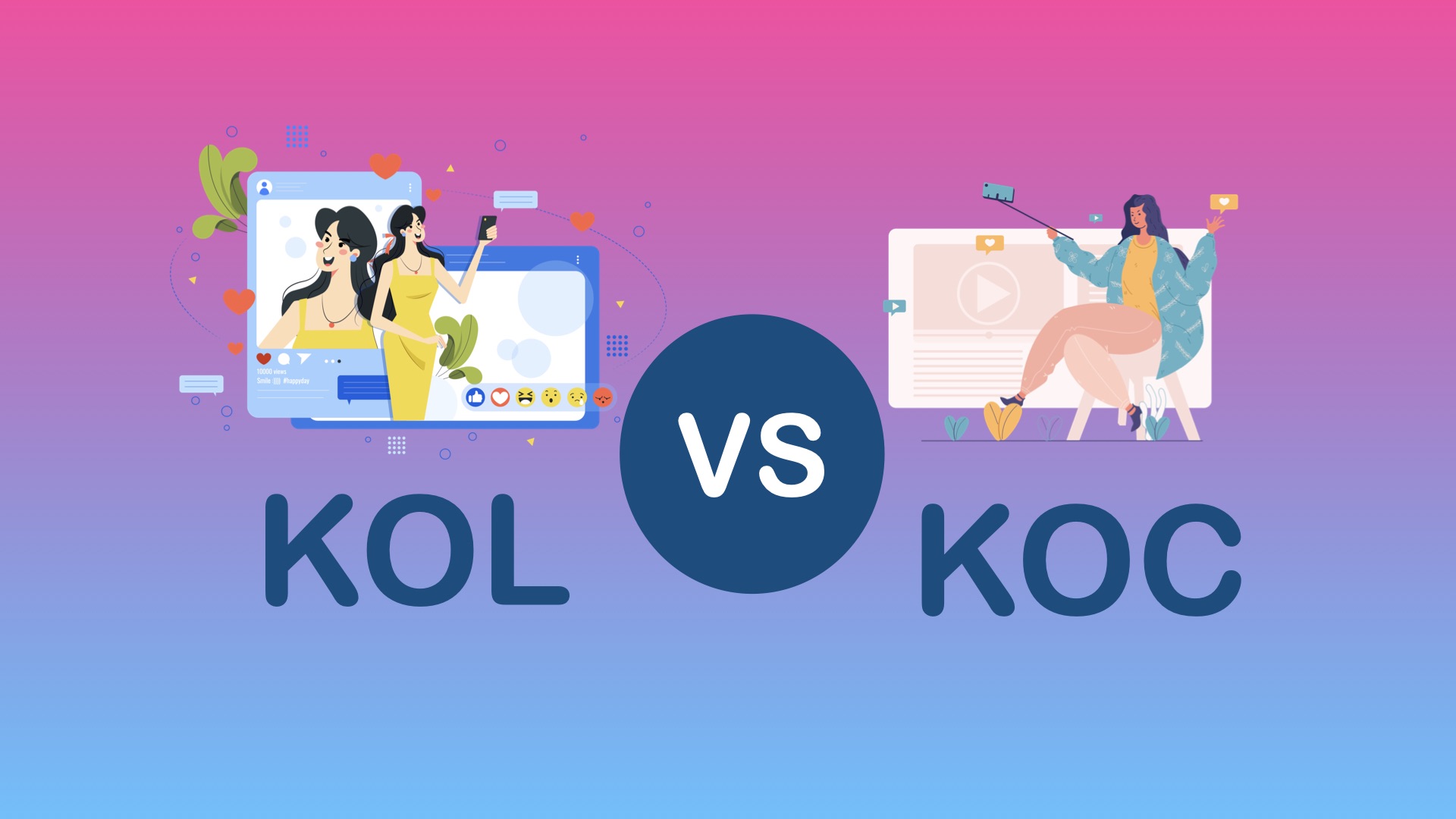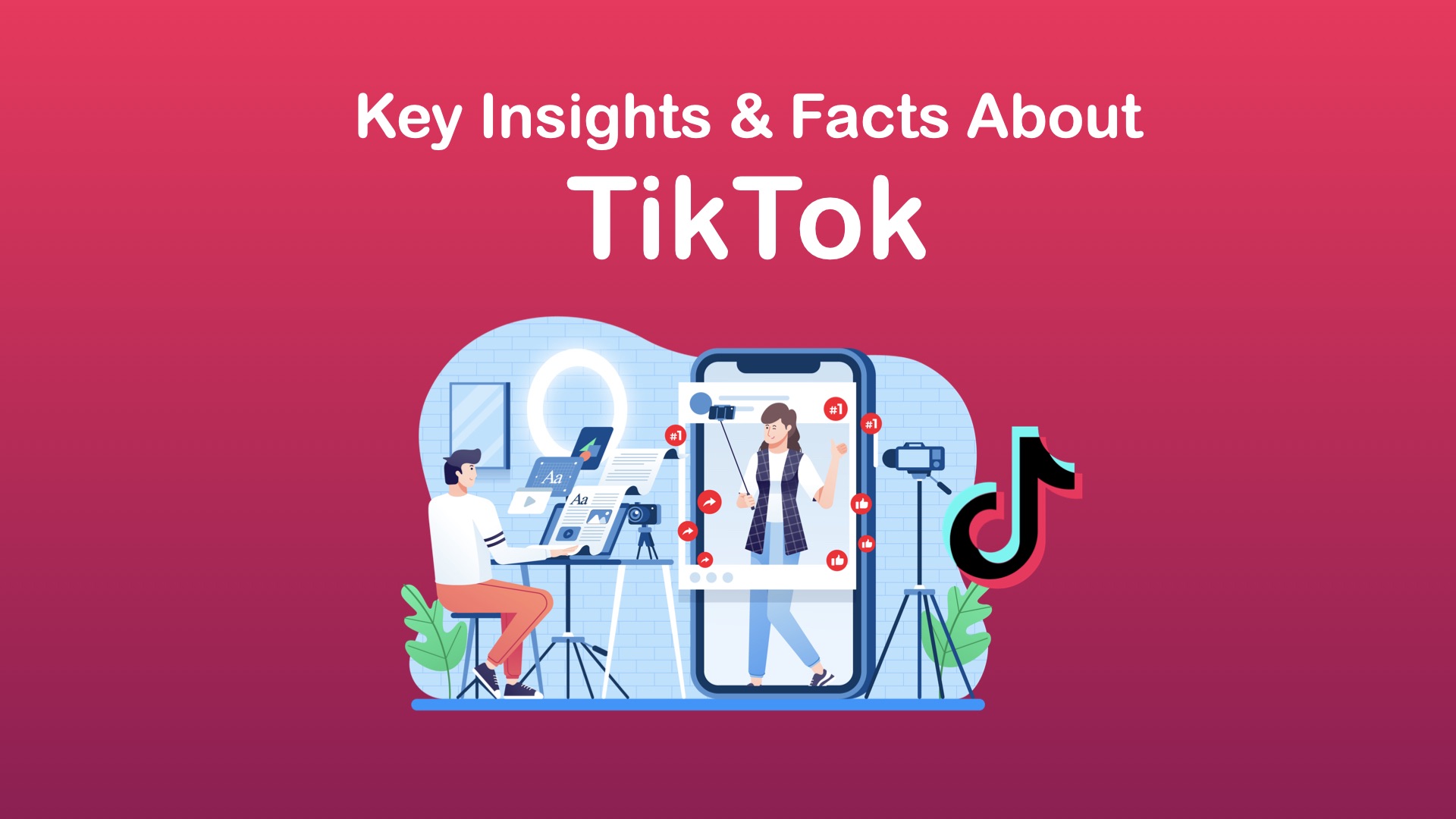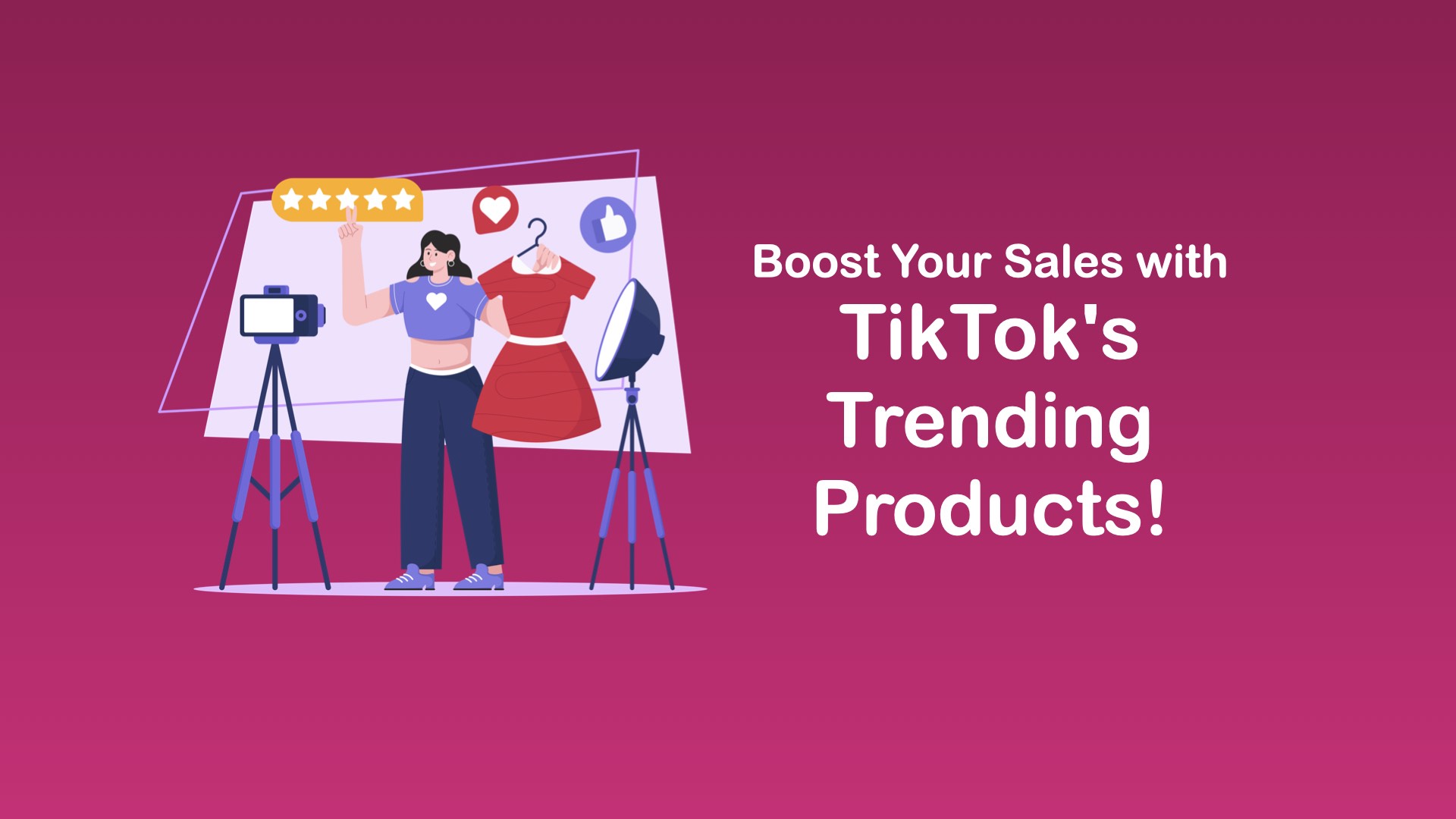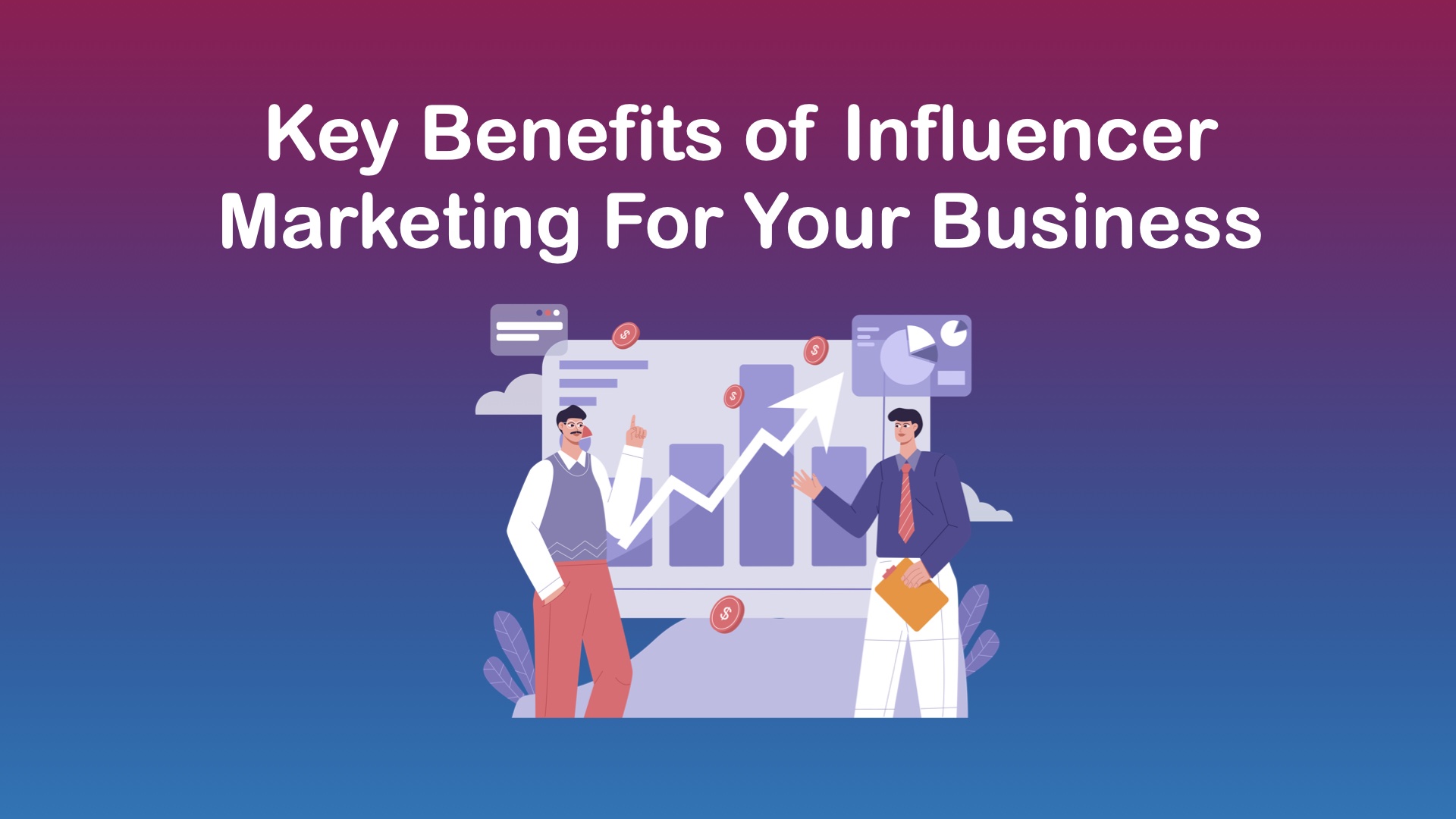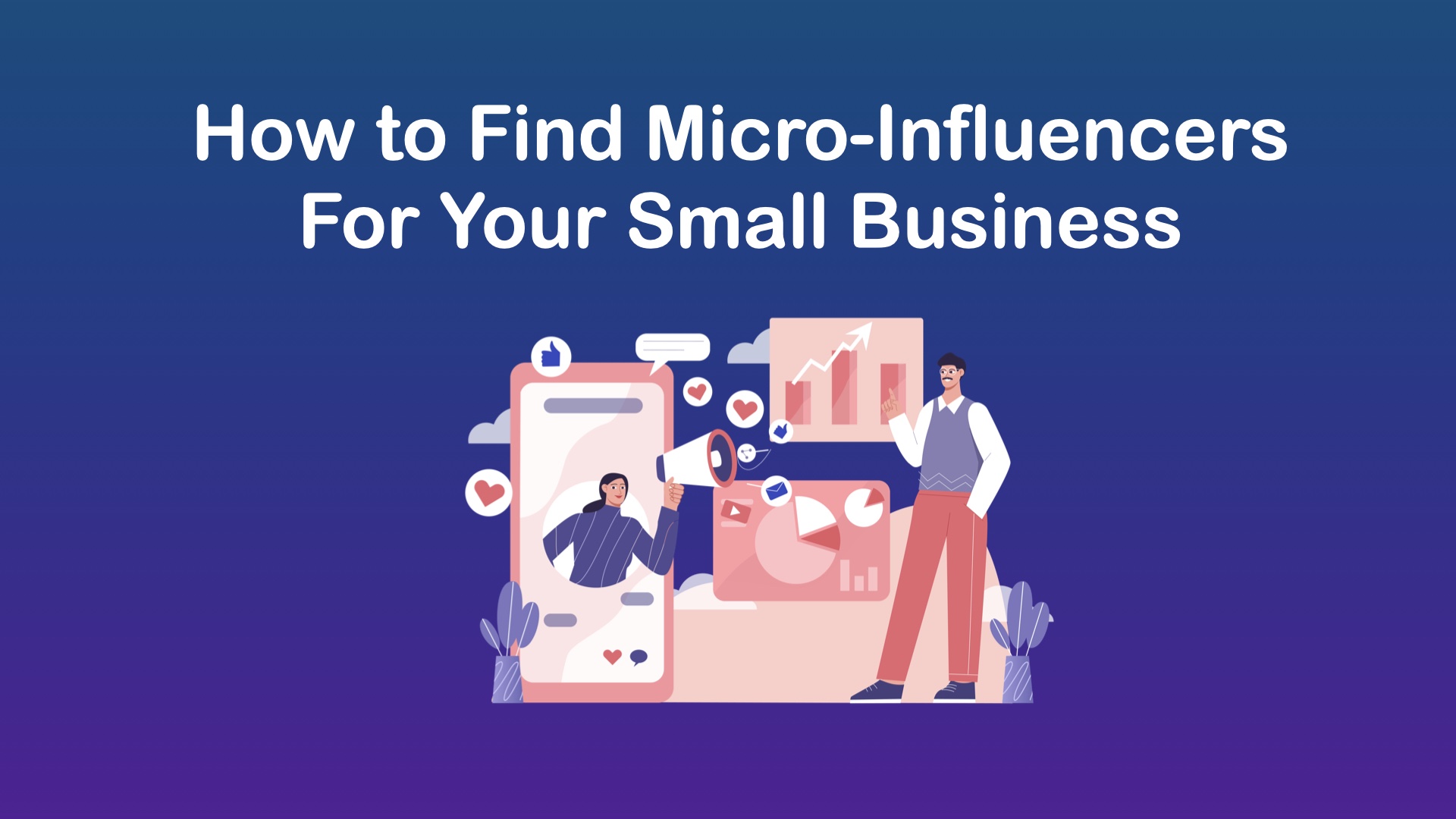Before hiring an influencer in Malaysia, it’s important to understand the different types that exist in the industry. Knowing the different types can help you choose the right influencer for your campaign and ensure that your message reaches your target audience effectively. Here are 7 types of influencers to consider:
- Nano Influencers
- Micro Influencers
- Mid-Tier Influencer
- Macro Influencers
- Mega Influencers
- Power Influencers
- Celebrity Influencer
Each type of influencer has their own unique following, engagement level, and niche. By understanding their strengths and weaknesses, you can make an informed decision when selecting the right influencer for your brand.
1. Nano Influencer (1k – 10k Followers)
Marketing Campaigns: Nano influencers are best suited for hyper-local marketing campaigns that require a high level of authenticity and personalization. They are cost-effective and can be used to create a targeted marketing strategy that resonates with a specific audience within a specific location. For example, a small restaurant might work with a local nano influencer to promote a new menu item or a local event.
2. Micro Influencer (10k – 50k Followers)
Marketing Campaigns: Micro influencers are best suited for campaigns that require a more targeted approach, such as promoting a specific product or service. They are more affordable than mega-influencers, but still have a significant reach and influence. For example, a fashion brand might work with a micro-influencer who has a strong following within the fashion niche to promote a new clothing line
3. Mid-Tier Influencer (50k – 100k Followers)
Marketing Campaigns: Mid-tier influencers are best suited for campaigns that require a balance between reach and cost-effectiveness. They can be used to promote a wide range of products and services and are particularly effective at generating buzz and excitement around new launches or events. For example, a beauty brand might work with a mid-tier influencer to promote a new line of skincare products.
4. Macro Influencer (100k – 250k Followers)
Marketing Campaigns: Macro influencers are best suited for campaigns that require a wider reach, such as promoting a new product or service to a larger audience. They are particularly effective at generating awareness and engagement around new launches or events. For example, a fitness brand might work with a macro influencer to promote a new workout program or gym membership.
5. Mega Influencer (250k – 500k Followers)
Marketing Campaigns: Mega influencers are best suited for large-scale marketing campaigns, such as product launches or major events. They can help to create buzz and generate a lot of attention, but they may not be the best.
6. Power Influencer (500k – 1M Followers)
Marketing Campaigns: Power influencers are best suited for large-scale marketing campaigns that require a high level of reach and influence. They are particularly effective at generating excitement and interest around major events or product launches. For example, a tech company might work with a power influencer to promote a new product launch or a major event.
7. Celebrity Influencer (1M+ Followers)
Marketing Campaigns: Celebrity influencers are best suited for large-scale marketing campaigns that require a high level of reach and influence. They are particularly effective at generating buzz and excitement around major events or product launches. However, due to their high cost, celebrity influencers are not typically the best option for small businesses or those with limited budgets. For example, a fashion brand might work with a celebrity influencer to promote a new clothing line or a fragrance campaign.
What Next?
In conclusion, when it comes to influencer marketing, it is important to choose the right type of influencer for your campaign. Each type of influencer has its own unique strengths and weaknesses, and understanding these can help you to make an informed decision about which type of influencer to work with.
Nano and micro-influencers are best suited for small-scale campaigns that focus on building brand awareness and engagement with a specific target audience. They are cost-effective and can be particularly effective at generating trust and authenticity with their followers.
Mid-tier influencers have a slightly larger following and can provide greater reach and influence than nano and micro-influencers. They are particularly effective at generating excitement around product launches or promotions.
Macro and mega-influencers have a significant reach and can provide greater visibility for your brand. They are particularly effective at generating buzz around major events or new product launches. However, they are also more expensive to work with than mid-tier or micro-influencers.
Power and celebrity influencers have a massive following and can provide the highest level of reach and influence. They are particularly effective at generating excitement and buzz around major events or product launches. However, they are also the most expensive type of influencer to work with and may not be the best option for small businesses or those with limited budgets.
Ultimately, the best type of influencer for your campaign will depend on your specific goals, budget, and target audience. By understanding the strengths and weaknesses of each type of influencer, you can make an informed decision about which influencer to work with to achieve your influencer marketing objectives.

